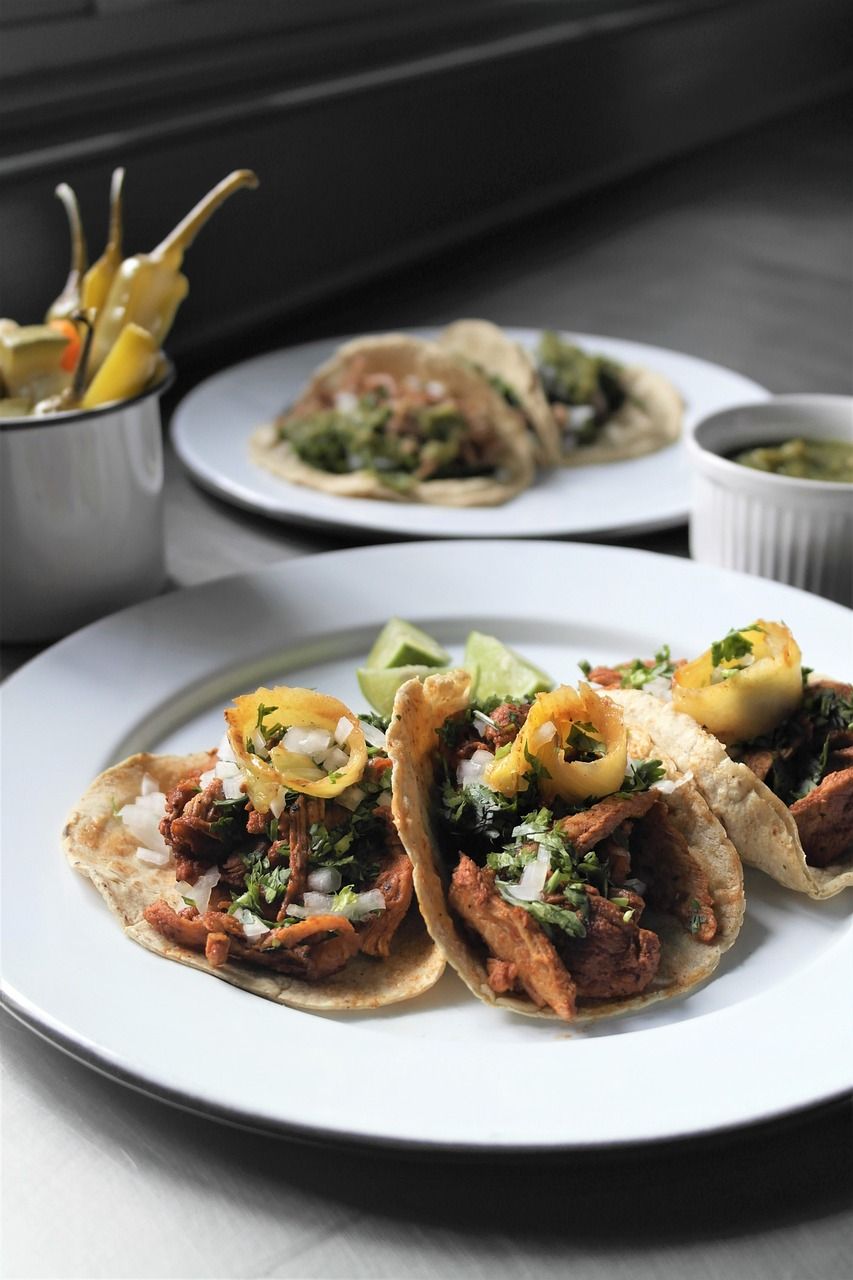A Guide to Low-Calorie Dinner Options for Health-conscious Individuals

Introduction:
Are you interested in maintaining a healthy lifestyle while still enjoying delicious meals? Look no further than “kalorielet aftensmad” or low-calorie dinner options. This article aims to provide valuable information and insights into this topic. Whether you are a fitness enthusiast, weight-conscious individual, or simply someone who wants to make healthier choices, this guide will help you navigate the world of low-calorie dinners.
Historical Overview of Low-Calorie Dinners:

The concept of low-calorie dinners has evolved over time as people have become more health-conscious. In the past, traditional dishes often prioritized taste over nutritional value, leading to an increase in health-related issues. However, in recent decades, there has been a shift towards focusing on reducing calorie intake and incorporating nutrient-rich ingredients into meals.
Prioritizing Health without Sacrificing Flavors:
Eating a low-calorie dinner does not mean compromising on taste. By making smart choices and being creative in the kitchen, you can enjoy delicious meals without the guilt. Here are some key considerations for individuals interested in low-calorie dinners:
1. Portion Control: Controlling portion sizes is crucial when aiming to reduce calorie intake. By measuring ingredients and being mindful of serving sizes, you can enjoy a satisfying meal without overindulging.
2. Incorporating Whole Foods: Opt for whole, unprocessed foods that are rich in nutrients and low in calories. Fresh fruits, vegetables, lean proteins, and whole grains should form the backbone of your low-calorie dinners. These foods provide essential vitamins, minerals, and fiber, while keeping calorie intake in check.
3. Utilizing Cooking Techniques: Experiment with various cooking techniques like steaming, grilling, roasting, or sautéing to enhance flavors without adding excessive calories. These methods retain the natural goodness of ingredients while minimizing the need for unhealthy fats.
4. Exploring Flavorful Seasonings: Low-calorie meals can still be bursting with flavor by using herbs, spices, and citrus zest. These add depth and complexity to dishes without adding many calories. Embrace the diverse world of seasonings to transform your low-calorie dinner options.
5. Balancing Macronutrients: Ensure that your low-calorie dinners are balanced in terms of macronutrients – carbohydrates, proteins, and fats. Including a variety of these elements in appropriate proportions will provide sustained energy, keep you full, and aid in overall health and well-being.
6. Mindful Eating Habits: Develop mindful eating habits to savor your low-calorie dinners fully. Slow down while eating, chew thoroughly, and pay attention to your body’s hunger and fullness cues. This way, you can enjoy your dinner while maintaining portion control.
Conclusion:
In today’s health-conscious society, “kalorielet aftensmad” or low-calorie dinners have gained popularity as a way to maintain a balanced lifestyle. Incorporating nutrient-rich ingredients, portion control, and inventive cooking techniques can lead to delicious dinners without compromising on taste. By following these tips and embracing a mindful approach to eating, you can enjoy satisfying and nutritious meals while achieving your health and wellness goals. So why wait? Start exploring the endless possibilities of low-calorie dinners today and embark on a journey towards a healthier you.











